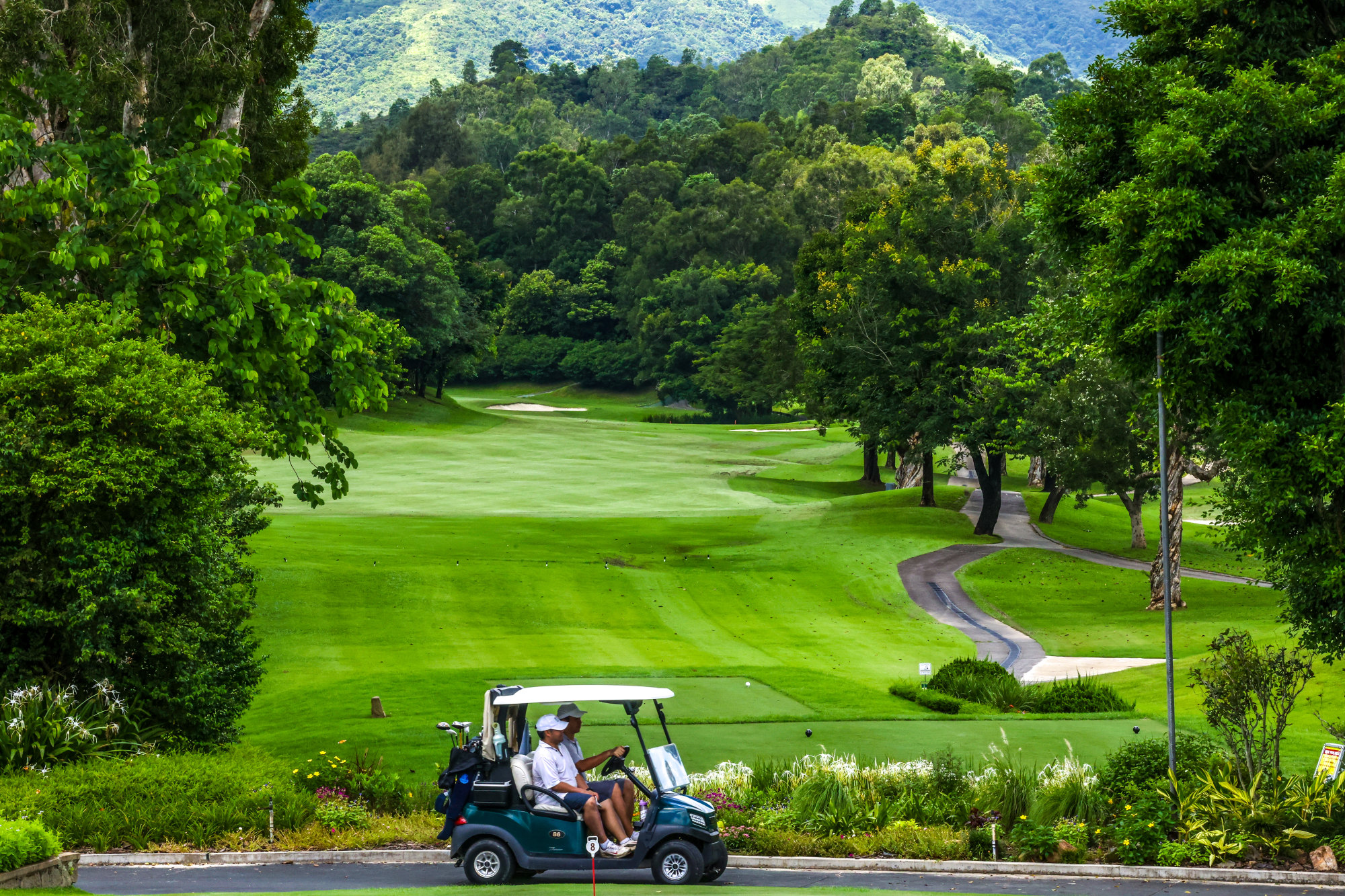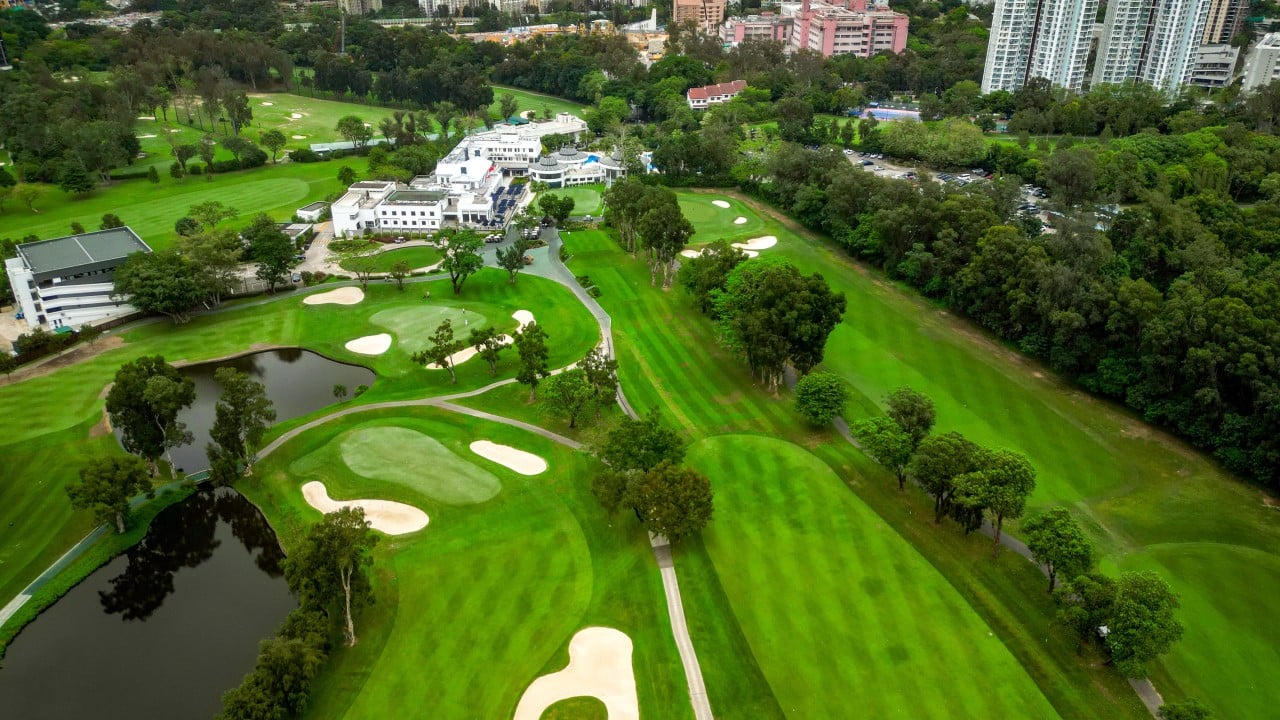Hong Kong government’s assessment of protected trees at golf course where public flats may be built went beyond requirement, court told
The Hong Kong government went beyond what was required in its assessment of protected trees at a proposed site for public flats on part of the city’s oldest golf course, the High Court heard on Monday.
Senior Counsel Jin Pao, representing the government, said it was “not fair” for the Hong Kong Golf Club to assert that authorities failed to account for protected trees in its environmental impact assessment for the redevelopment of the Old Course in Fanling.
“It is simply not correct,” Pao told the court. “[I]t is an unfair criticism to say that no work was done to identify potential ‘old and valuable trees’.”
The golf club last year lodged a judicial challenge against the director of environmental protection’s conditional approval of the assessment report, which could allow for public housing to be constructed on the Old Course.
Development authorities last September proposed building 12,000 public housing flats on 9.5 hectares (23.5 acres) of the course, part of 32 hectares of land taken back by the government.
But the court imposed an interim order halting any construction decisions arising from the assessment report after the club filed a judicial challenge in response.
Last week, Senior Counsel Benjamin Yu Yuk-hoi, the club’s legal representative in the case, described the government’s assessment as “deficient”, highlighting that 80 potentially “old and valuable trees” that had been previously identified at the site were absent from the report.
The Development Bureau maintains a register of old and valuable trees on unleased government land located in built-up areas or tourist attractions in village areas.

The nearly 500 trees on the list have a protected status and can only be removed under exceptional circumstances.
Pao said that given the Fanling site was leased land at the time of assessment, one would not expect there to be registered “old and valuable trees” at the site.
Nonetheless, he said the government conducted surveys to identify “trees of large size and rare plant species”, which overlaps with the definition of “old and valuable trees”.
Pao said the government had conducted a more thorough survey in one area of the planned development, which was a “step more” than the required broad brush surveys carried out in other sections.
He said in that section, 24 large trees and 46 rare and protected species were identified.
Pao also addressed other concerns raised by the golf course’s representative, including those related to land contamination and noise.
Pao argued that the government was entitled to the view that there were “genuine site access issues” when gathering soil samples, given that much of the site was an active golf course.
He said authorities were justified to wait until after the land reverted back to the government, as parts of the fairway would have to be closed off for two weeks at a time to accommodate the necessary work.
Pao also rejected the golf club’s claim that its clubhouse should have been considered a Noise Sensitive Receiver – premises that are sensitive to noise and require protection – as it was on the other side of the road from the proposed construction site.
Instead, the government found that a public housing estate, home for the elderly and two nearby schools would be in closest proximity to the construction site and thus had higher sensitivity to noise.
The case has been adjourned until July 8.


